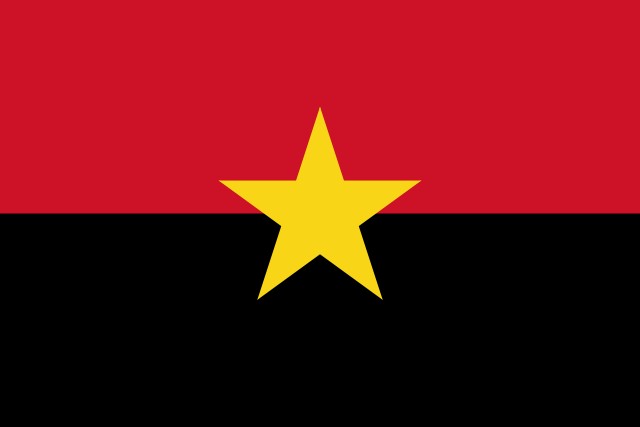In the second half of the 20th century, several independence groups began to be created in the Portuguese colony of Angola:MPLA , FNLA , UNITA … Each of them with their particular ideology and made up of different ethnic groups. In the 1960s, the first harassment and attacks on the Portuguese began. Portugal reacted by sending more troops, but things got complicated with other independence movements in countries like Mozambique and led to the carnation revolution 1974. Angola achieved independence a year later... and started a civil war . When there was a common enemy, all the movements remained united but after independence they fought among themselves to gain power.

MPLA
In the midst of the Cold War, and due to the abundant oil fields, the Americans and the Soviets took sides with some of the groups that were facing each other in Angola. The MPLA was supported by the Cuban regime, sending soldiers to the African country, and by the USSR with weapons and military advisers. The FNLA received the support of the United States, Zaire and South Africa. Portugal had handed over power to the strongest group at the time, the MPLA. This one, already from the government, defeated the FNLA and only UNITA remained with the support of China and, now, of South Africa and Zaire. In order to pay the Cuban soldiers, the Angolan government had to protect the oil fields in the province of Cabinda of the incursions from Zaire and even of the acts of sabotage of the FLEC (faction fighting for the independence of Cabinda). Coincidentally, the oil fields in Cabinda were exploited by the American oil company Gulf Oil. A contingent of 15,000 Cuban soldiers were protecting... US interests .
